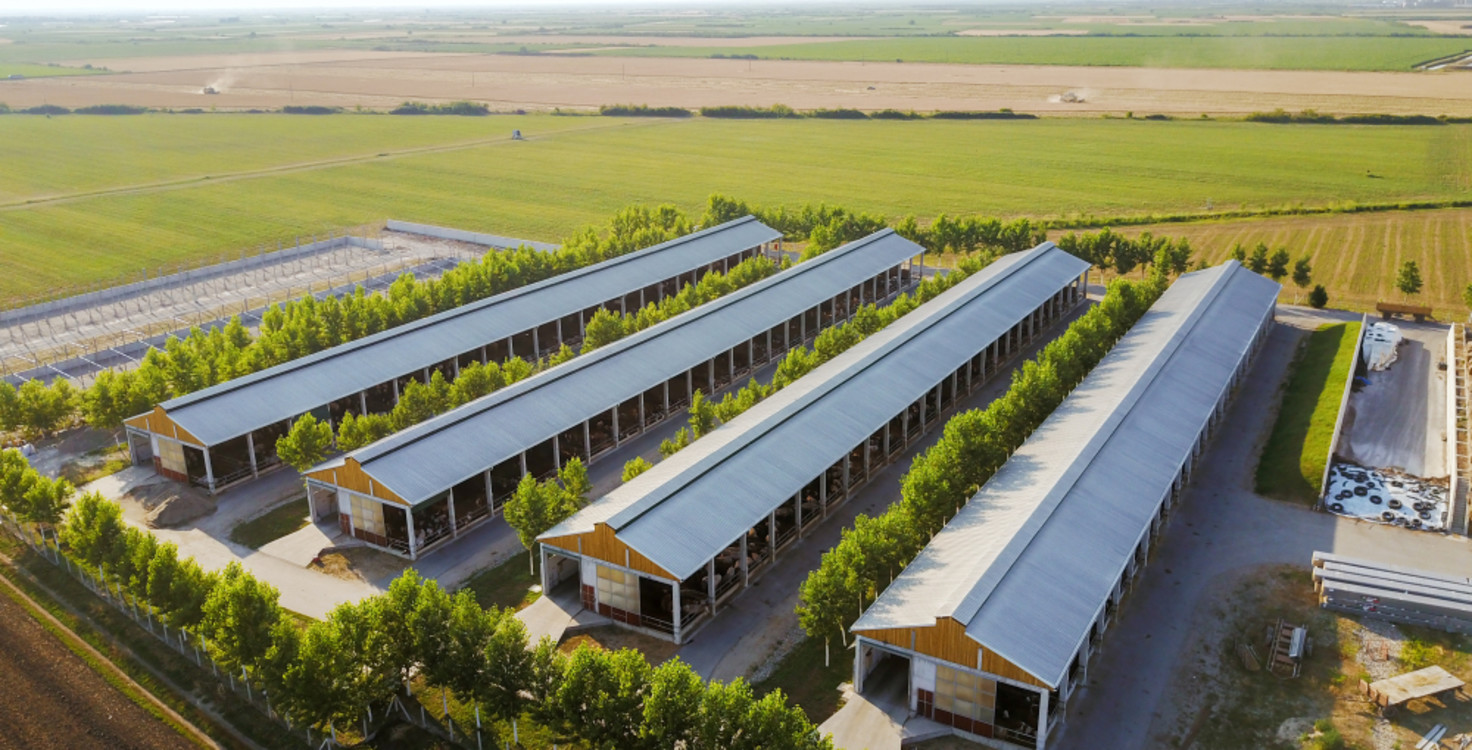Toxic “forever chemicals” that are prevalent in widely used consumer products and packaging are accumulating in our bodies and the environment at dangerous levels, exposing people, our planet and investment portfolios to significant risks.
Per- and poly-fluoroalkyl substances, also known as PFAS, are a group of nearly 15,000 synthetic chemicals used in everyday items such as clothing, food packaging and non-stick cookware due to their water and grease-repellent properties.
However, there is growing scientific evidence linking PFAS to different health problems, including increased risk of cancer, decreased fertility, asthma and thyroid disease, as well as environmental issues such as soil pollution and livestock deaths.
PFAS contamination: What is the problem?
A few statistics: |
|---|
PFAS can be found in the bloodstream of 99% of the US population. |
PFAS can be found in all wildlife, even in remote areas such as Antarctica, disrupting their health too. |
PFAS provide revenue of €26 billion per year, yet societal costs from PFAS contamination are estimated to be €16 trillion per year. |
PFAS have a wide range of uses, but the most significant source of human exposure is through food and water. PFAS can enter our food directly via food packaging. However, they can also contaminate our food by entering:
Waste streams that pollute farm water used for irrigation;
The soil where crops are cultivated, either through contaminated compost, or where sewage sludge is used as fertiliser; and
The feed provided to livestock through the use of crops grown on contaminated soils or treated with pesticides.
As the examples below showcase, PFAS pose a significant food security concern, threatening the long-term availability of agricultural land suitable for producing safe food, and compromising the livelihood of farmers.
As products such as pesticides or fertilisers rarely indicate that they contain PFAS, it is difficult for farmers to know when they might be exposing their land, crops or livestock to contamination.
Several farmers in the US are filing lawsuits against companies providing fertilisers made from sewage sludge after the death of livestock fed on fertilised land. One recent case involves Synagro Technologies, a US-based biosolid management company accused of knowingly selling “PFAS-contaminated sewage sludge” to farmers, resulting in beef contaminated 250,000 times above safe levels.
However, selling these products is legal at the federal level because there are no regulations that control PFAS in fertiliser made from sludge, unlike those that control pathogens and heavy metals.
The pollution problem is such that some farmers’ properties have been banned from being used for agricultural purposes ever again, threatening their livelihoods. Some US state authorities are reluctant to conduct widespread PFAS testing due to the significantly economic impact it could have on the local agriculture industry if more land is rendered unsafe for producing food. For instance, in the US it is estimated that sewage sludge with PFAS has been used as fertiliser in a fifth of all US agricultural land, which shows the extent of the problem.
How does this impact investors?
Investors with holdings in PFAS producers are exposed to several material risks from PFAS pollution, particularly litigation and increased costs associated with reformulating products and modifying production processes, leading to reduced shareholder profits.
Over the last 25 years, almost 10,000 lawsuits have been filed in the US claiming damages from PFAS exposure, with settlements totalling US $16.7 billion so far. This includes a US $10.5 billion settlement agreed earlier this year with US-based chemical company 3M, the proceeds of which will support US cities to test and treat water supplies for PFAS contamination. After assessing the risks emerging from increasing regulation in the next decade and potential liabilities related to PFAS manufacturing, the company set a target to end the production of PFAS by the end of 2025.
Litigation is expected to increase, especially in Europe, where regulation targeting PFAS use is set to become more stringent.
Investors with holdings in PFAS producers are also increasingly exposed to stricter regulations in different countries.
Given how widespread PFAS are in consumer products, investors can also be materially exposed through other industries affected by PFAS pollution, such as food, regardless of what they invest in.
What does the regulatory landscape look like for PFAS?
Authorities around the world are increasingly looking at banning the use of PFAS to some extent. Although there is no federal-level ban in the US, the Environmental Protection Agency (EPA) has implemented a PFAS Strategic Roadmap, which outlines different areas of action to minimise pollution.
These actions include establishing legally enforceable drinking water standards for PFAS and classifying two types of PFAS as hazardous substances, with parties responsible for the contamination, such as manufacturers, required to either clean up or reimburse the government for remediation, which can reach tens of millions of dollars.
The EU has a more comprehensive approach, as it launched a strategy in 2023 to restrict the use of 10,000 PFAS, which is expected to come into force in 2025.
While this is positive, EU regulators have suggested exempting active substances in pesticides from the planned PFAS phase-out, assuming they are adequately regulated under current pesticide regulations. This assumption is concerning, however, given the average percentage of fruits and vegetables in the EU with pesticide residues containing PFAS has almost tripled over the past decade.
Ensuring ‘forever chemicals’ have no future: Suggested actions
Addressing the problems caused by toxic “forever chemicals” requires action from many stakeholders, including investors, policymakers, regulators and the scientific community.
For investors, understanding these risks and issues associated with the current use of PFAS is key to mitigating them, either by engaging with chemical companies to find safer alternatives to PFAS or with policymakers to implement stricter regulations. For instance, the NGO Chemsec coordinates the Investor Initiative on Hazardous Chemicals (IIHC), which engages with companies to reduce the adverse impacts of hazardous chemicals, including PFAS.
Scientists are still working to understand the full scope of the PFAS contamination crisis and its implications for our food system if PFAS production is halted. At the same time, effective solutions for the integrity of our food supply when dealing with this problem are unclear. We, therefore, need to reinvent the way we produce and distribute food at the same time as scientists work to understand how PFAS contamination happens and the lasting effects on human health.
Therefore, the primary focus for regulators should be on preventing further contamination by banning most PFAS not used in critical areas, such as medicine, for example. As long as PFAS are produced, the risks associated with them will only increase.
FAIRR insights are written by FAIRR team members and occasionally co-authored with guest contributors. The authors write in their individual capacity and do not necessarily represent the FAIRR view.











